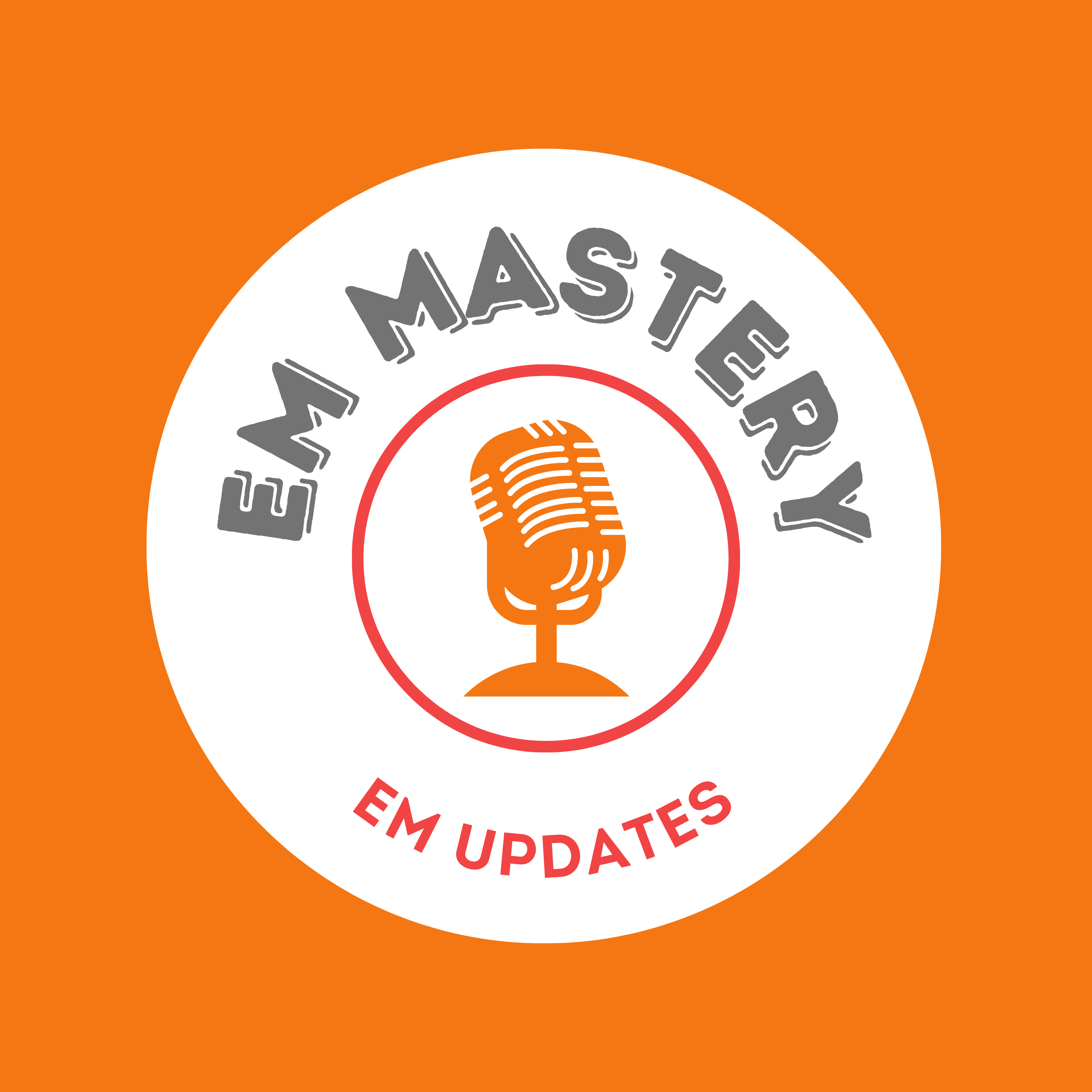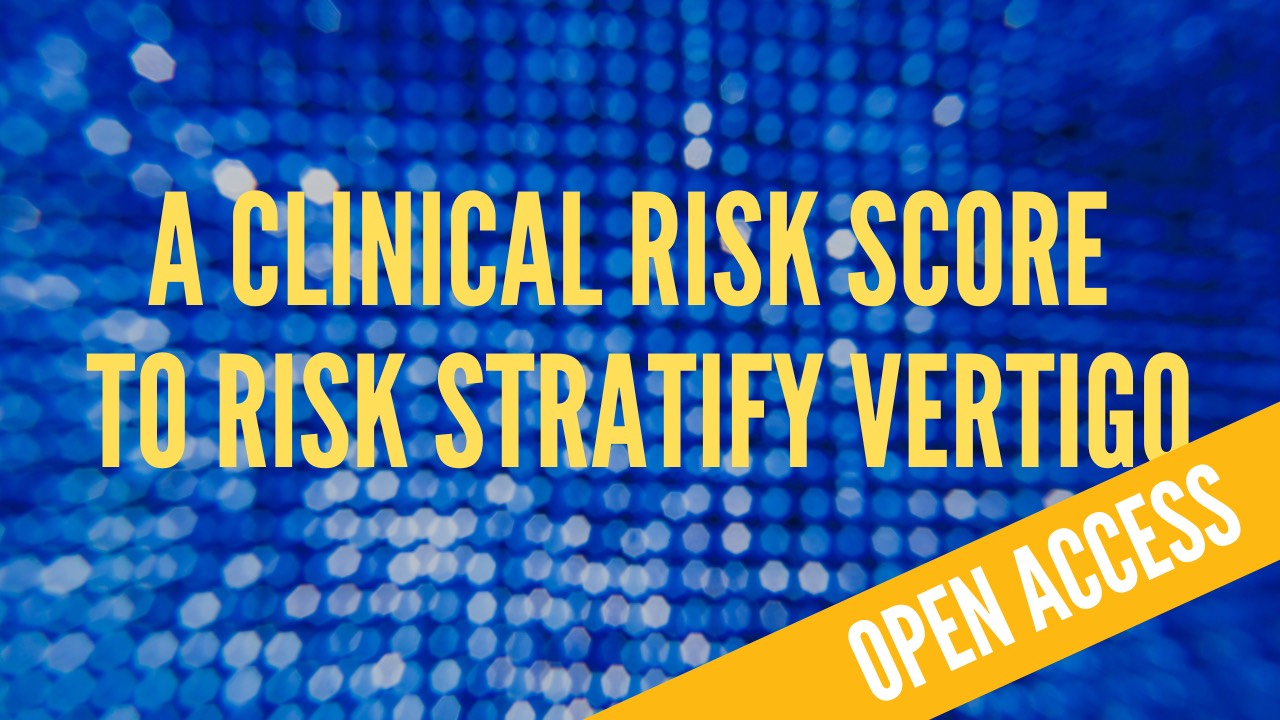The patient with vertigo can be a clinical challenge. Patients may describe their symptoms as vertigo, or the room spinning, or dizziness, or a problem with balance, or use other descriptors. Trying to understand the patient’s symptoms can be difficult and we know that asking questions about rapidity of onset, duration and triggers may be more helpful to us. (30 minutes read)
There is a lack of clinical decision guidelines to provide a standard approach to the patient who presents with vertigo or dizziness. This results in variations in diagnostic approach, including the need for investigations, especially neuroimaging. For example, up to 50% of patients with vertigo undergo a CT brain, most of which are normal.
What do we currently have in terms of Risk Scores?
- The Head Impulse, Nystagmus, and Test of Skew (HINTS) examination. It is used for those patients with acute vestibular syndrome (ie., the patient must have vertigo and nystagmus).
- STANDING algorithm: This is an assessment of Nystagmus and if it is spontaneous or triggered and uses the head impulse test. Its sensitivity has been reported at 93%.
- The TriAGe+ score has 8 variables (sensitivity of 96.4%):
- triggers,
- atrial fibrillation,
- male,
- hypertension,
- brainstem or cerebellar dysfunction,
- focal weakness or
- speech impairment,
- dizziness with no history of vertigo.
- The stroke-risk assessment nomogram uses sex, trigger, isolated symptoms, nausea, history of brief dizziness, high blood pressure, finger–nose test, and tandem gait assessment. This had a high diagnostic accuracy.
- The DEFENSIVE stroke scale uses sensory disturbance, ataxia, and visual deficit.




